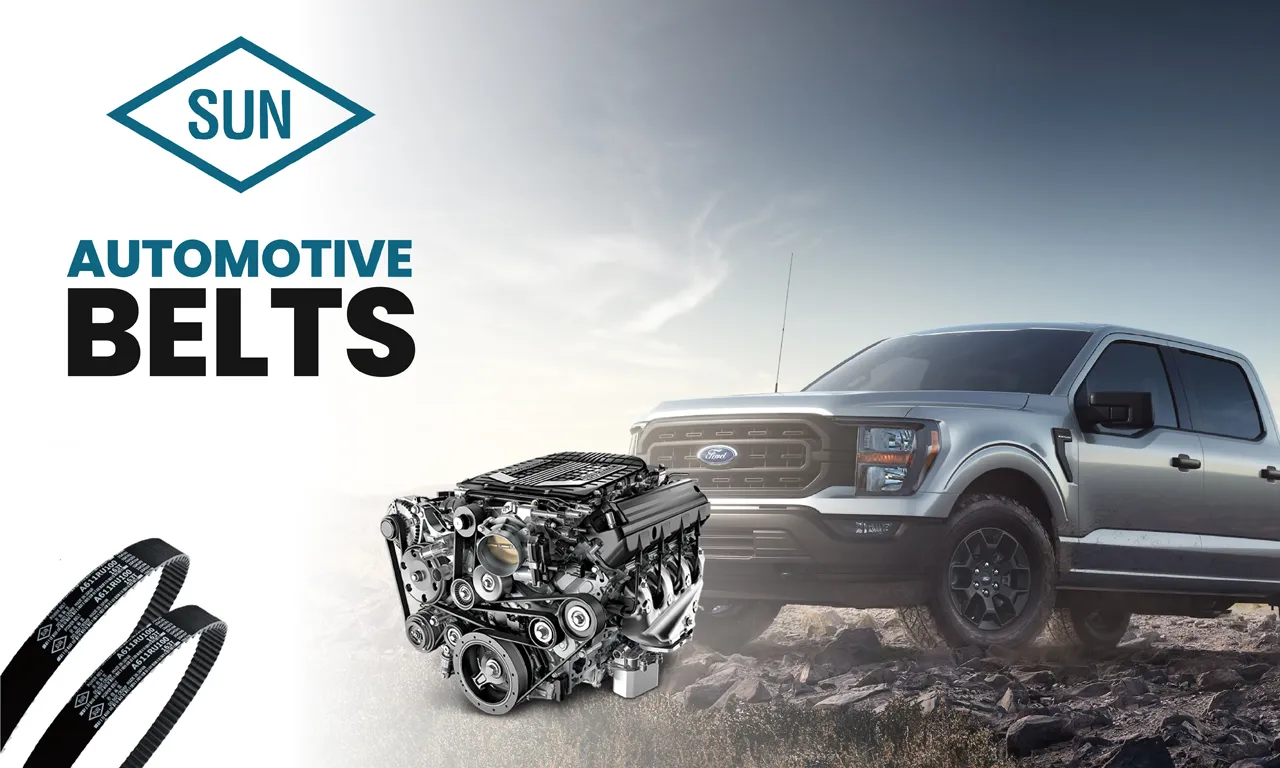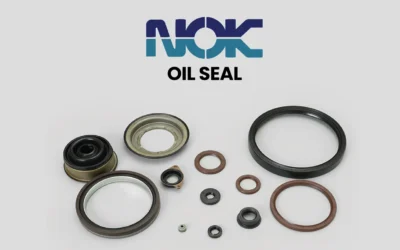Introduction
In the world of automobiles, the intricate web of components beneath the hood plays a crucial role in ensuring the smooth operation of your vehicle. Among these components, automotive belts, chains, and cables are the unsung heroes that keep your car running efficiently. In this article, we will delve into the importance of these components, how they work, and answer some frequently asked questions (FAQs) about them.
Automotive Belts
Automotive belts are flexible, looped components made of rubber or other materials. They play a pivotal role in transferring power from the engine’s crankshaft to various auxiliary systems in the vehicle. There are several types of belts in an automobile:
1. Timing Belt:
The timing belt synchronizes the rotation of the crankshaft and camshaft, ensuring that the engine’s valves open and close at the right time. Replacing a timing belt as per the manufacturer’s recommendations is crucial, as a failure can lead to severe engine damage.
2. Serpentine Belt:
This belt powers multiple components, such as the alternator, power steering pump, and air conditioning compressor. Regular inspection and replacement of the serpentine belt are essential to prevent breakdowns.
3. V-Belts:
V-belts are used in older vehicles and some newer ones for specific applications. They transmit power from the engine to components like the water pump and air conditioning compressor.
Automotive Chains
Automotive chains are robust, metal components used in certain vehicles for timing purposes. Unlike belts, chains are durable and designed to last the lifetime of the vehicle. They are commonly found in heavy-duty trucks, motorcycles, and high-performance engines.
Automotive Cables
Automotive cables are essential for transmitting signals and providing power to various electrical components in your vehicle. They include:
1. Battery Cables:
These cables connect the battery to the starter motor and the vehicle’s electrical system, providing the necessary power to start the engine and run the vehicle’s electrical systems.
2. Throttle Cable:
In older vehicles with mechanical throttle control, the throttle cable connects the accelerator pedal to the throttle body, controlling the engine’s speed.
3. Clutch Cable:
For vehicles with manual transmissions, the clutch cable connects the clutch pedal to the clutch assembly, allowing the driver to engage and disengage the clutch.
FAQs
1. How often should I replace my timing belt?
Timing belt replacement intervals vary by manufacturer and vehicle model. It’s crucial to consult your vehicle’s manual or a qualified mechanic to determine the recommended replacement schedule. Typically, it ranges from 60,000 to 100,000 miles.
2. What are the signs of a failing serpentine belt?
Common signs of a failing serpentine belt include squealing noises from the engine, loss of power steering, overheating, and the battery warning light coming on. If you notice any of these symptoms, have your serpentine belt inspected and replaced if necessary.
3. Are automotive chains better than belts?
Automotive chains are more durable and tend to last longer than belts. However, they are also noisier and require proper lubrication. Whether a chain or belt is better depends on the specific vehicle and its requirements.
4. How can I extend the life of my automotive cables?
To extend the life of your automotive cables, perform regular inspections to check for wear and corrosion. Keep them clean and lubricated if necessary. Follow your vehicle’s maintenance schedule for cable-related components.
Conclusion
Automotive belts, chains, and cables are integral components of your vehicle’s operation. Proper maintenance and timely replacements are essential to ensure your car runs smoothly and safely. Understanding these components and their roles will help you take better care of your vehicle, leading to improved longevity and performance. Always consult your vehicle’s manual and a qualified mechanic for specific maintenance guidelines and replacement schedules.



